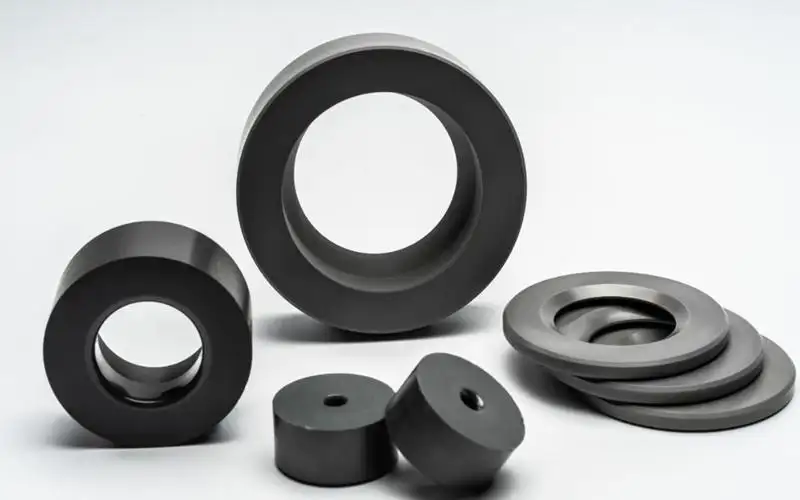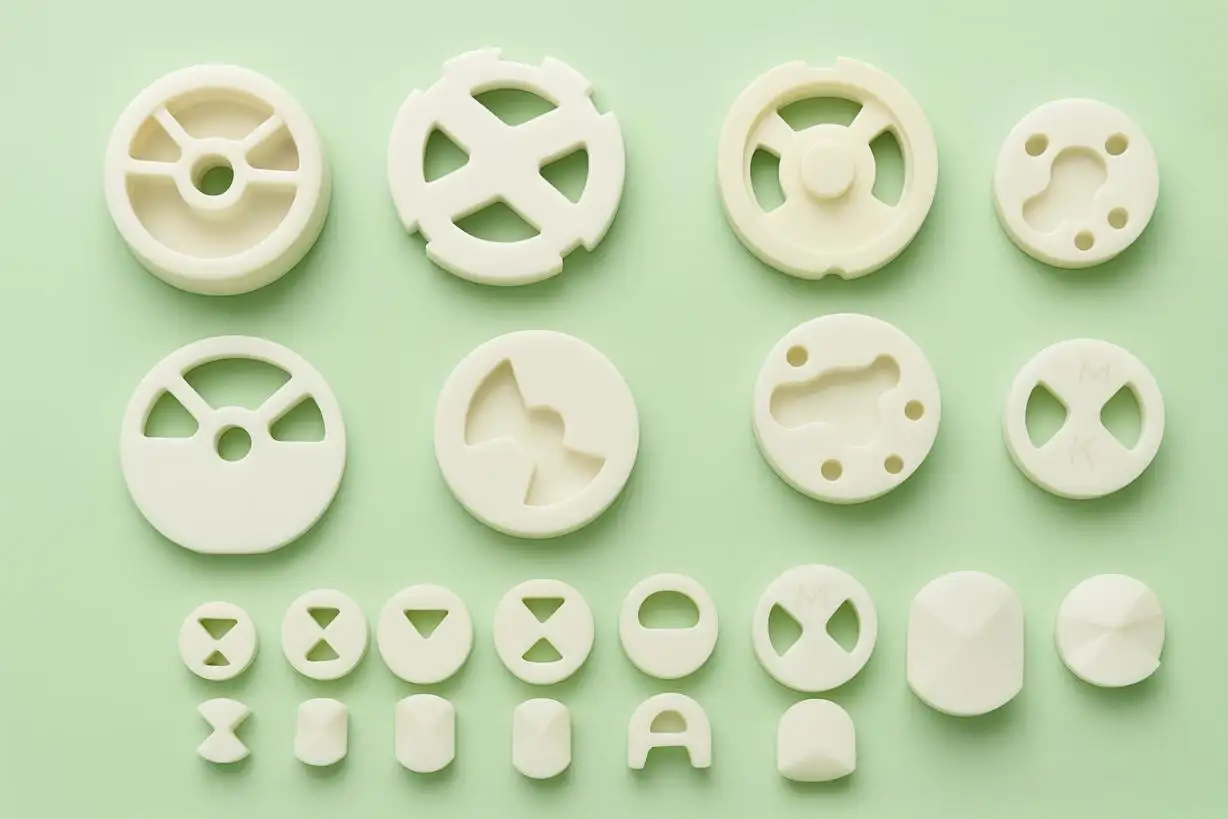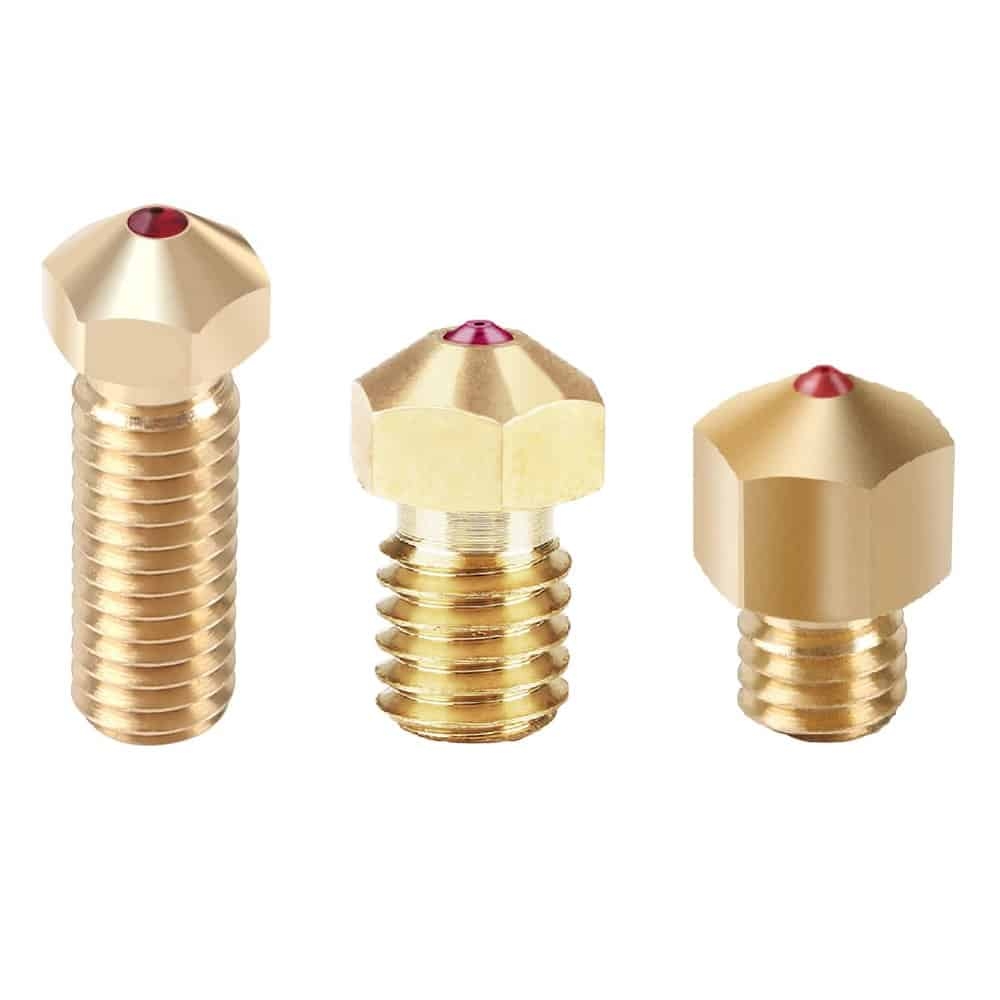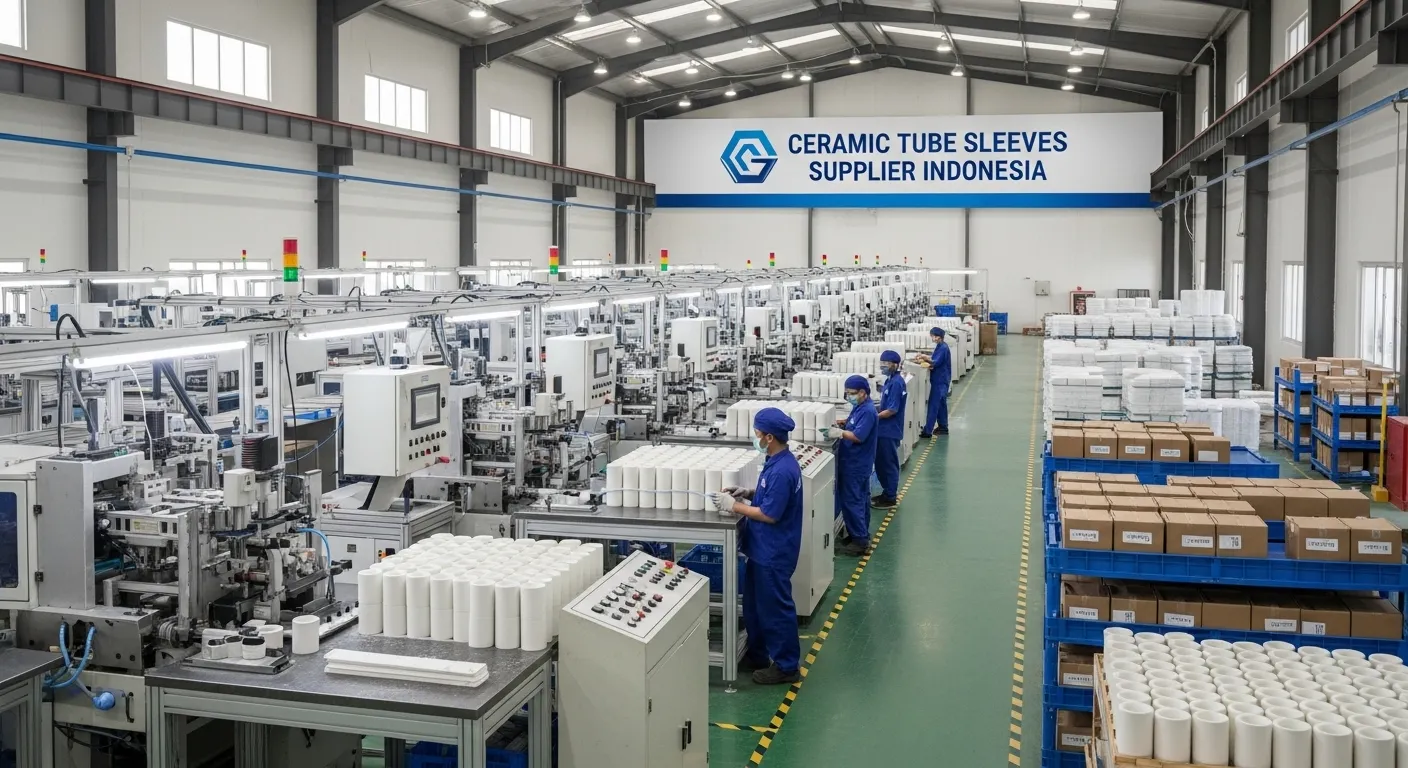What Makes High Strength Ceramics Ideal for Harsh Environments
High Strength Ceramics change how we build for extreme conditions. They are advanced materials with ultrahigh hardness, strong heat tolerance, and chemical stability. Think silicon carbide. It stays dimensionally stable when temperatures swing. It conducts heat well and resists corrosion. You'll find it in power electronics, aerospace thermal shields, 5G hardware, lasers, and wear parts on factory lines. These parts run hotter, faster, and longer - with fewer failures. But what exactly makes them so reliable in harsh environments? And where do the biggest gains appear first? In the next section, we unpack the core properties that turn risk into repeatable performance.

Why Harsh Environments Reward A Different Material Logic
Engineers in high-duty settings wrestle with the same four problems: thermal shock, corrosion, wear, and unpredictable downtime. Metals creep, oxidize, or distort under load. Polymers off-gas or soften when the line runs hot. High Strength Ceramics, especially silicon carbide (SiC), play by different rules. They combine ultrahigh hardness (Mohs 9.2 - 9.3) with an exceptional melting point (around 2700 °C). They conduct heat efficiently yet expand very little, so parts keep their shape as temperatures swing. They are chemically inert, which helps seals, interfaces, and precision surfaces stay clean and true.
At UPCERA, we've seen this "different physics” translate into tangible plant results: fewer emergency stops, tighter process windows, and longer intervals between rebuilds. When a nozzle or substrate no longer distorts after a thermal cycle, everything downstream - alignment, flow, signal integrity - stays predictable. That steadiness is the quiet foundation of yield.
What Sets High Strength Ceramics Apart?
• Thermal stability: low thermal expansion preserves tolerances at elevated temperatures.
• Extreme hardness: Mohs 9.2 - 9.3 pushes wear life far beyond tool steels and coated alloys.
• Heat resistance: remains robust in ~2700 °C regimes where many metals soften or oxidize.
• High thermal conductivity: spreads heat, taming hot spots and limiting thermal runaway.
• Chemical inertness: resists acids, alkalis, and reactive gases that attack metal surfaces.
These attributes systematically remove failure modes that drive maintenance budgets and scrap rates. In other words, High Strength Ceramics don't just survive harsh environments - they simplify them.
Silicon Carbide: From Tough Ceramic To System Enabler
Silicon carbide is not only tough; it is also a wide-bandgap semiconductor. That means SiC hardware lives comfortably at high voltage and high frequency while resisting radiation and corrosion. For design teams, this convergence solves multiple pain points at once: housings that pit in reactive chemistries, substrates that drift under RF load, and components that crack when quenched or cycled.
UPCERA manufactures SiC components and substrates with production controls engineered for repeatability: densification routes that lock in strength, microstructure uniformity for predictable thermal behavior, and precision finishing that creates low-defect interfaces. This process discipline shows up in real applications:
• Power electronics and renewables: SiC's tolerance for high fields and high switching speeds enables compact, efficient converters and inverters. Lower losses mean smaller heat sinks and simpler cooling paths.
• 5G and high-frequency systems: stable thermal conductivity and low expansion help keep gain and phase on target as RF power rises.
• Aerospace thermal protection: lightweight SiC panels resist shock and maintain alignment through ascent, reentry, and cyclical heating.
• Industrial wear parts: seals, nozzles, and guides shrug off abrasion, cutting unplanned stops and extending mean time between failures.
• Radiation-exposed equipment: the combination of chemical and radiation resistance preserves performance where metals degrade quickly.
Behind these wins is a single business outcome: less variability. When High Strength Ceramics remove heat-induced distortion and corrosion-driven surface change, you stop chasing drifts and start building repeatable output. That predictability shortens commissioning, stabilizes OEE, and creates headroom for throughput increases.

How We Translate Material Strength Into Line Performance?
UPCERA begins at the system level. We trace the thermal path, the stress states, and the chemical exposure around the component you want to upgrade. Then we identify the leverage point - often a substrate, insert, nozzle, or barrier that drives most of the downtime. From there, we propose a staged conversion:
• Pilot geometry: swap the highest-stress part for an SiC equivalent. Validate fit, heat flow, and cycling.
• Interface refinement: adjust tolerances and finishes to take advantage of low expansion and chemical inertness.
• Cooling simplification: with better heat spread, redesign the thermal stack for fewer parts and easier service.
• Scale with confidence: once yield stabilizes, shrink enclosures, raise frequency or voltage, or push duty cycles.
This method keeps risk low while demonstrating quick wins - reduced coating steps, cleaner interfaces, and lower cooling requirements. Most teams see measurable improvements after the first cycle of testing.
Turning Harsh Conditions Into Routine Operations
If you're fighting hot spots, expansion mismatch, or corrosion-driven leaks, High Strength Ceramics deserve a place in your design toolkit. The path forward is straightforward:
• Map where tolerances are lost during heat-up and cooldown.
• Identify surfaces that foul, pit, or oxidize.
• Quantify where heat concentrates and how quickly it is removed.
Silicon carbide often resolves two or three of these issues at once. Low thermal expansion keeps alignments true; high thermal conductivity spreads heat before it damages sensitive zones; chemical inertness maintains clean mating surfaces and consistent friction behavior. Importantly, not every part needs to be ceramic. Focus on the components where failure hurts most - where a small distortion ruins a seal, where a hotspot cascades into downtime, or where corrosion undermines electrical integrity.
From an ROI standpoint, the calculus is simple. A component that keeps calibration stable and stops recurring maintenance pays for itself quickly. Over time, you can consolidate assemblies, delete coatings, and reduce the mass tied up in heat management. The result is a cleaner BOM, a smaller thermal budget, and a more compact system envelope.
Ready to convert failure points into performance margins?
Partner with UPCERA. Our applications team will review your use case, recommend High Strength Ceramics geometries, and provide guidance on tolerances and finishes that translate material advantages into measurable uptime. We support sampling, pilot runs, and seamless scale-up to production.
CTA - Talk To UPCERA Today
Let's discuss how silicon carbide solutions can increase reliability in power electronics, aerospace, 5G hardware, and industrial wear parts. With High Strength Ceramics, harsh environments don't have to be risky - they can be routine.
 English
English 中文
中文





